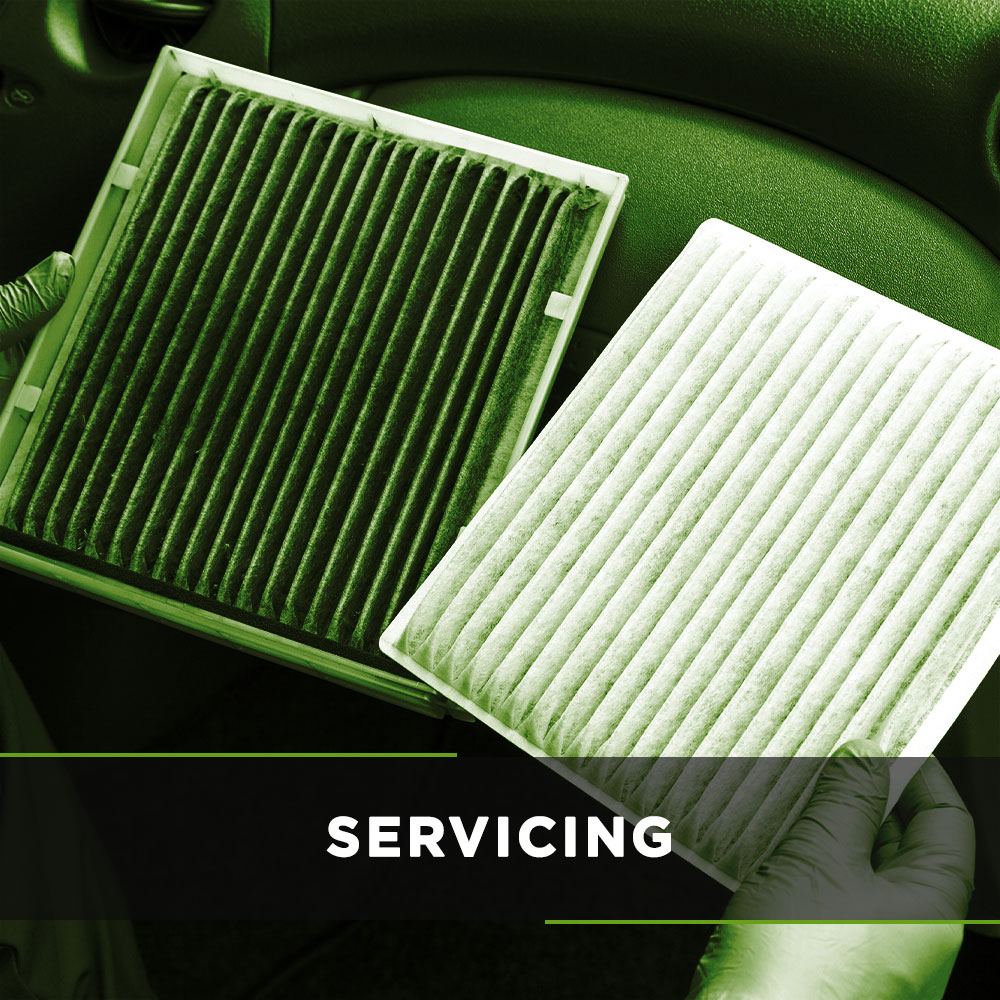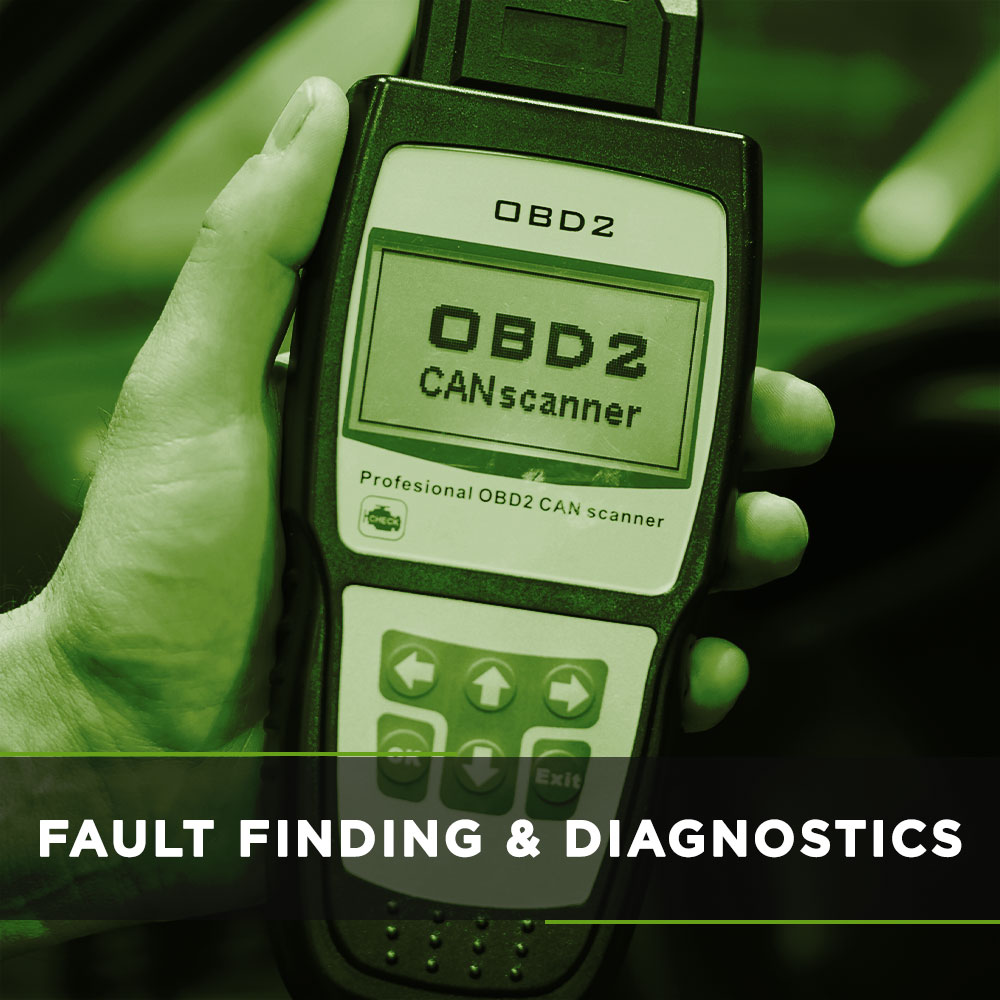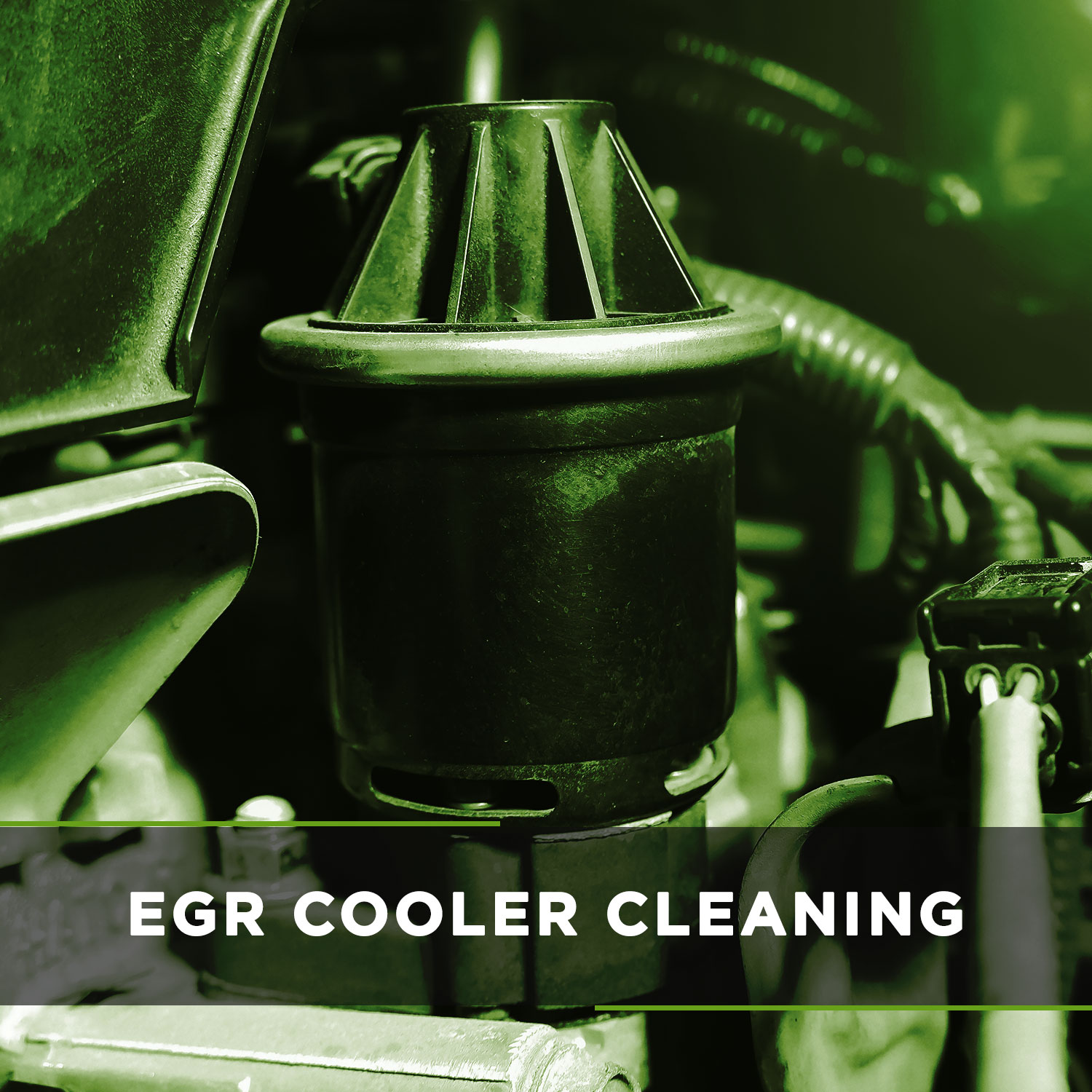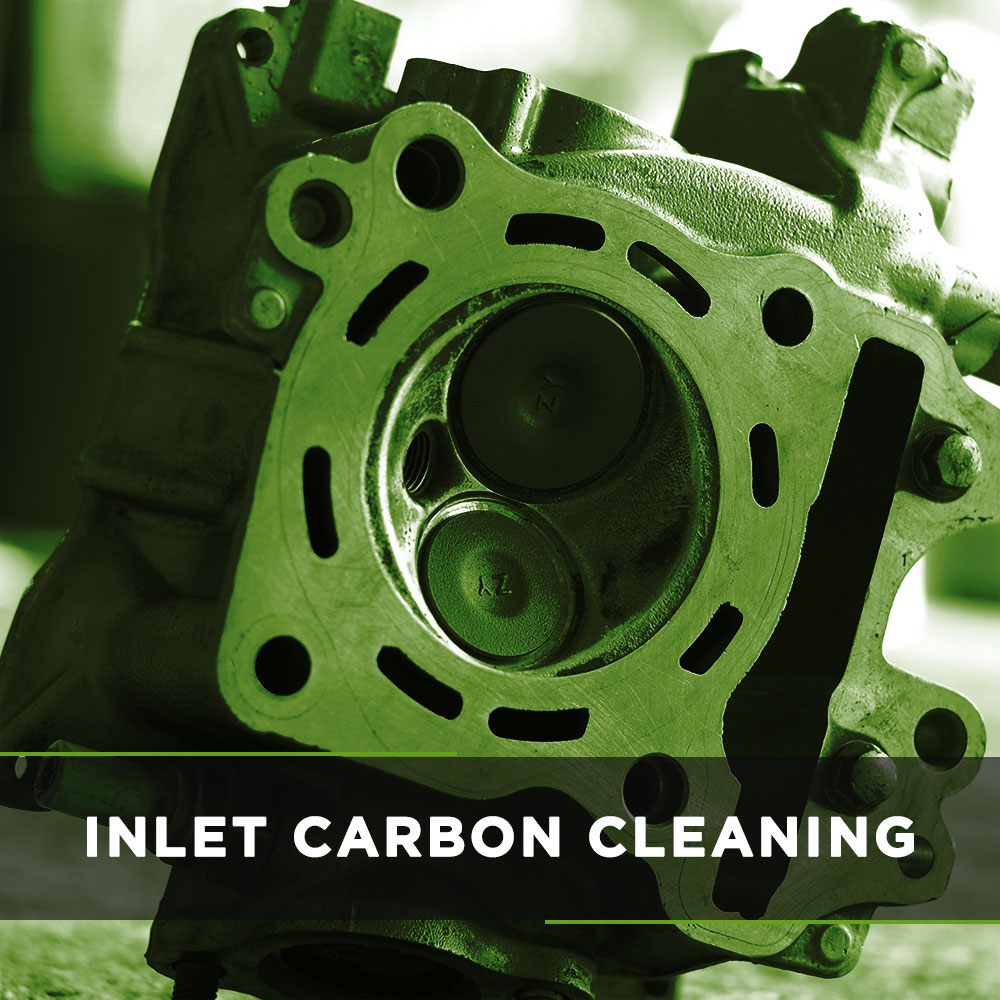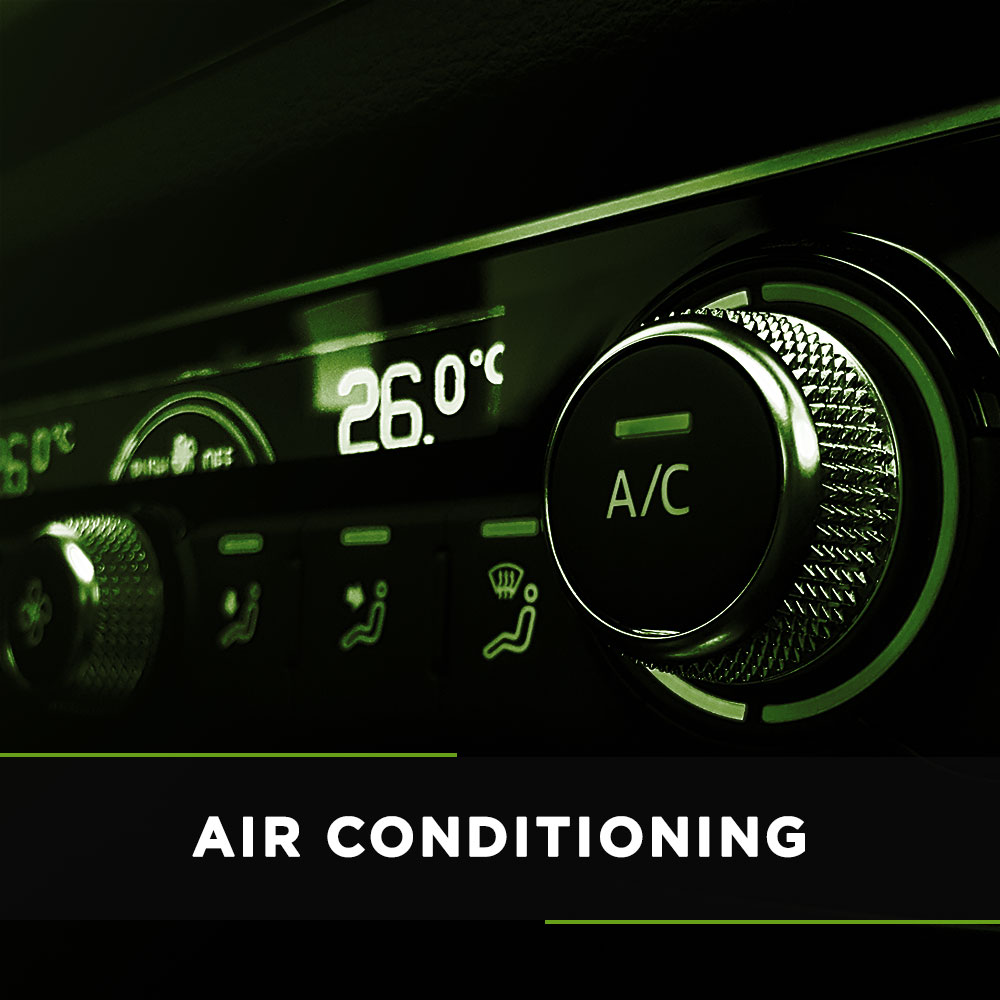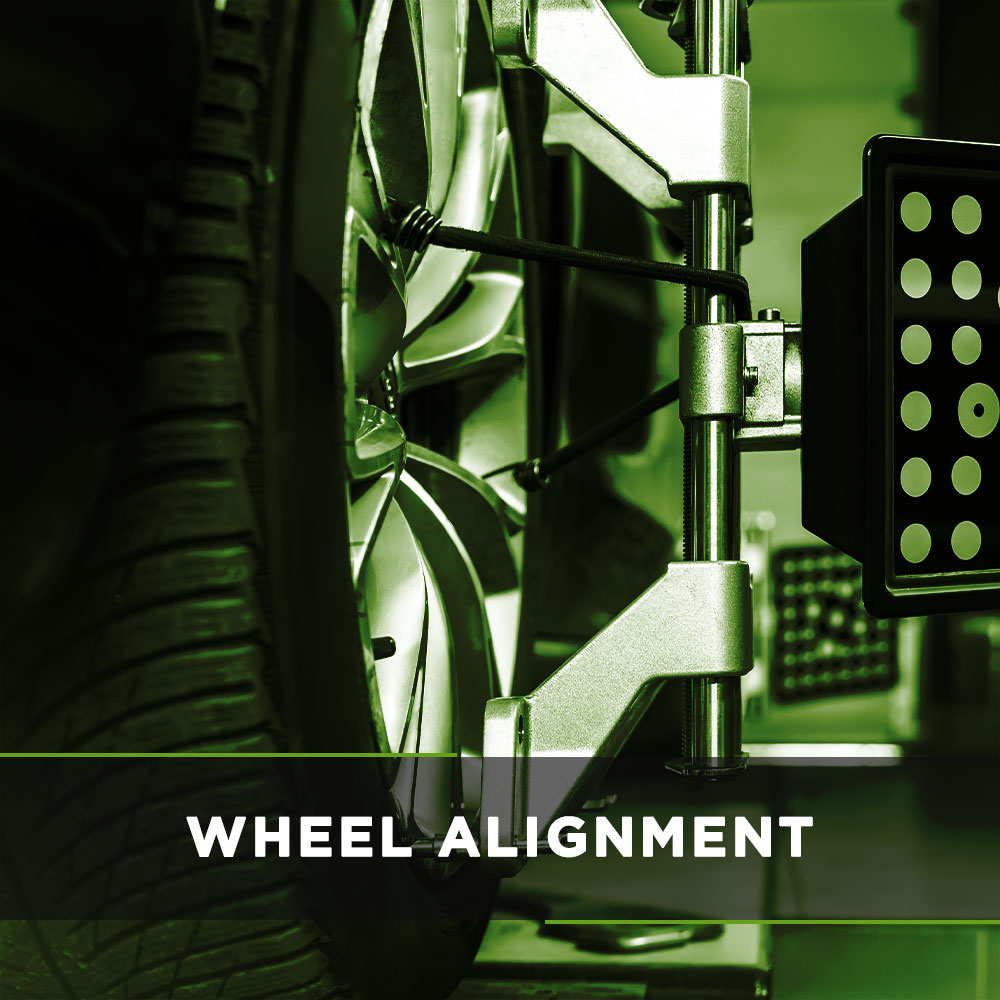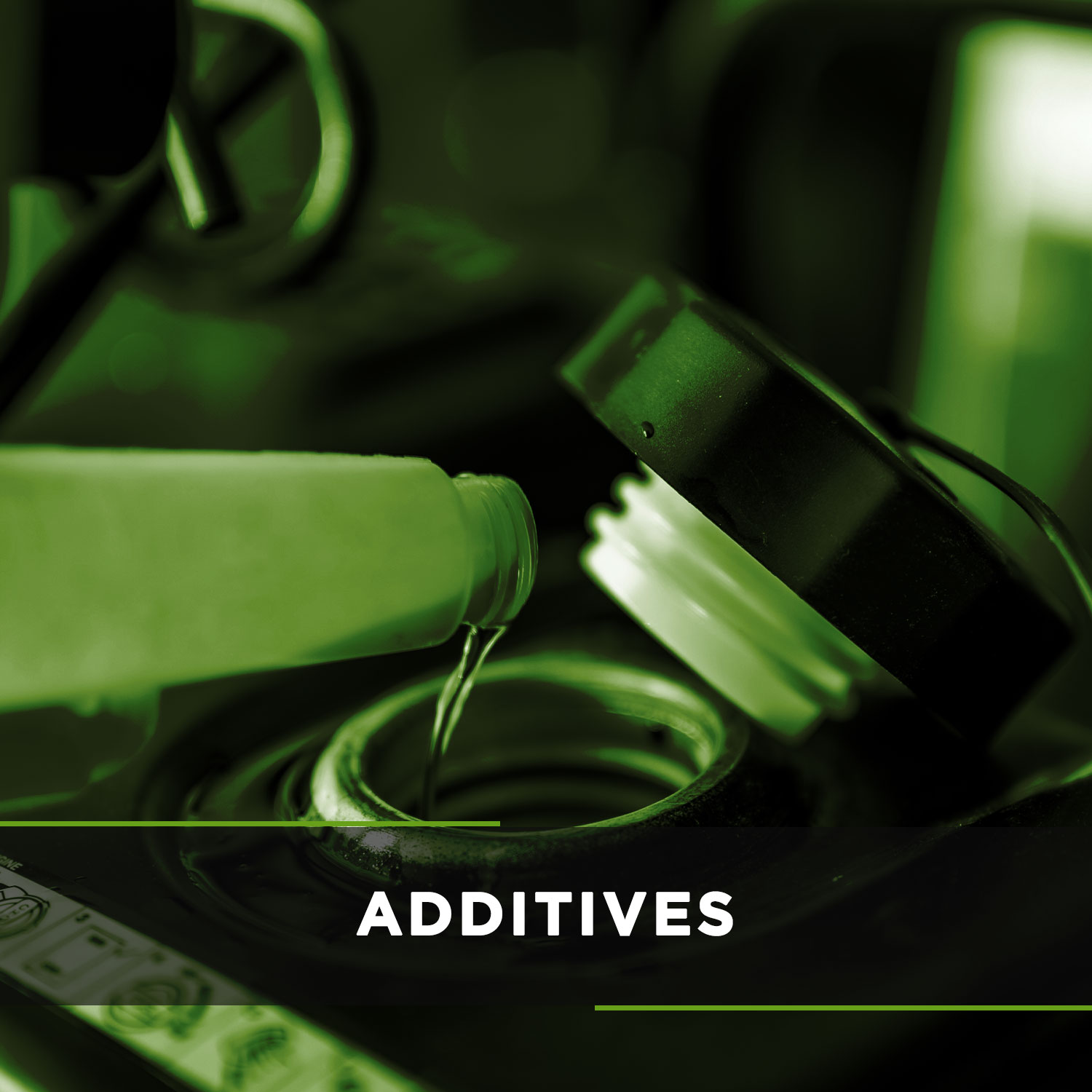1. If your vehicle requires new glow plugs, there are some things that you need to be aware of before work commences.
2. Modern glow plugs are generally less physically robust that those seen in older vehicles as they are thinner and weaker in design and are subject to a harsher operating environment with higher pressures than older technology. This makes breakage a greater likelihood.
3. Higher mileage vehicles tend to be more susceptible to breakage but this alone is not the only factor. Harsh environments (wet and/or salty climates), poor maintenance, historical defects such as exposure to coolant, road spray, rain water or coolant leaks, in cylinder combustion issues and over voltage can also lead to corrosion, thinning, warping and expansion of the glow plugs body and tips materials.
4. Although we take the greatest of care when extracting glow plugs it must be understood that breakages can and do occur.
5. When breakages do occur it creates a challenge removing the remains of the glow plug depending on the accessibility and nature of the break.
6. For example, if the glow plug/s has broken off and left the threaded body stuck in place, or the glow element tip itself remained jammed deep inside the cylinder head these two scenarios present two different challenges and approaches to solve.
7. We are able to deal with certain types of breakages but not all due to variations between models, accessibility and tooling. Certain types will have to be outsourced.
8. The costs involved with dealing with a snapped glow plug can be very costly & sometimes render the vehicle unusable; therefore it is advisable that considerable thought is given before deciding to go ahead with glow plug/s replacement.
9. Historically we have encountered customers who believe that we the repairer should take responsibility for the problem and therefore absorb the costs of dealing with it, this is simply not true.
10. It should be recognised that the fact that it has broken, that it does not demonstrate and degree of negligence on the part of the repairer and it is simply a matter of wear and tear failure and despite best efforts, the plugs broke.
11. When they do break it is ultimately the responsibility of the vehicle owner.

